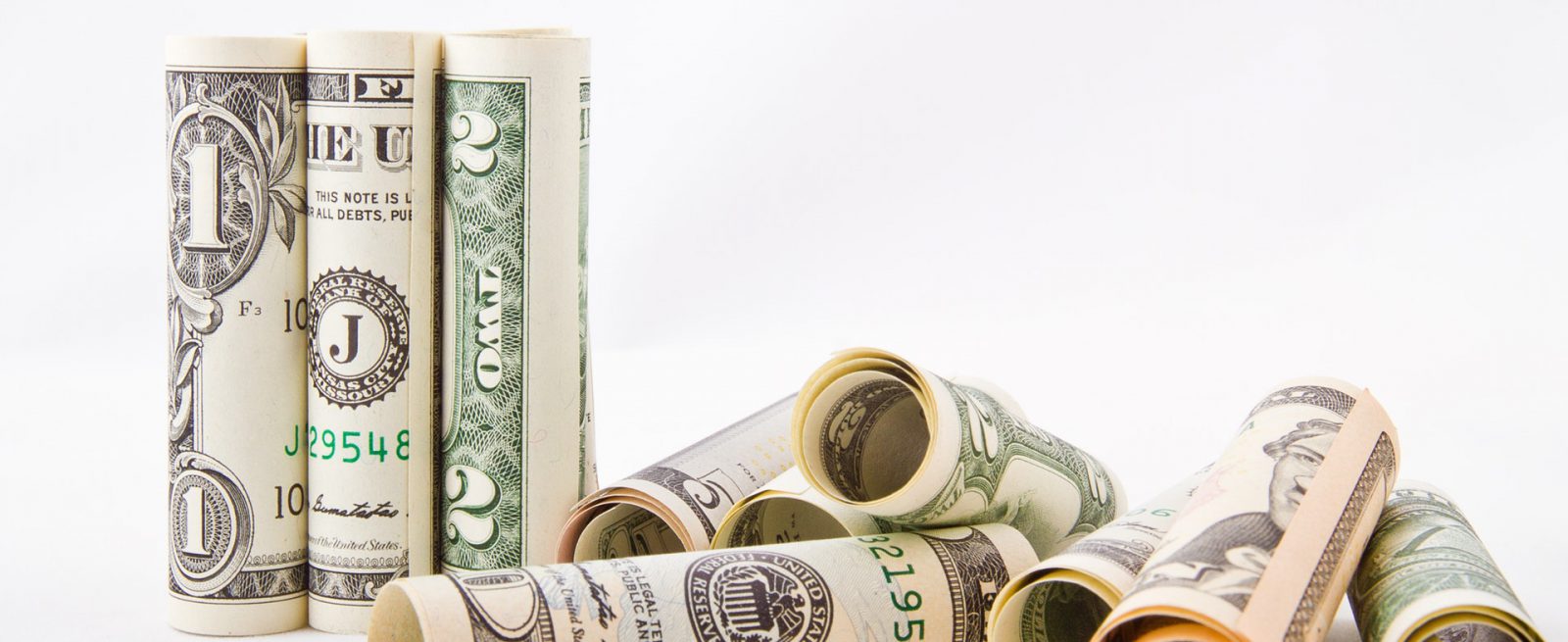To Visa, a cashless culture means convenience, security and ease of use. That translates to freedom for consumers and merchants alike.
Beginning in August, Visa will roll out a new initiative called the Visa Cashless Challenge. According to the Wall Street Journal, this new initiative will work to push small merchants away from cash and towards card-and mobile-based payments. Merchants in the food and restaurant industries will be able to go through an application-based process, where 50 small businesses will be selected to receive roughly $10,000 to upgrade their payment processing to accept cashless forms of payments. In return, those selected merchants will limit or completely remove their cash payments.
It is clear that Visa views cash as their biggest competition. They are already the leader of the
U.S. card payments market, processing 59 percent of transaction volume, which is more than double that of MasterCard. Regardless of being ahead, cash usage accounted for 32 percent of transactions and grew even larger worldwide in 2016. Though cash payments are not larger than card usage, 32 percent is still a considerable amount of volume that Visa could tap into. Visa is now targeting those cash-heavy sectors, hence the focus on small food establishments.
This is all in part of the trend of moving towards a cashless society. In Visa’s most recent
press release, Jack Forestell, head of global merchant solutions, Visa Inc. laid out the reasoning behind this aggressive push towards going cashless, “To Visa, a cashless culture means convenience, security and ease of use. That translates to freedom for consumers and merchants alike.” Sweden is already predicted to become the world’s first truly cashless society, with a majority of the banks not carrying any cash. According to a Visa study, if businesses in 100 cities transitioned from cash to digital, their cities stand to experience net benefits of $312 billion per year. According to this study, in New York City alone, businesses could generate an additional $6.8 billion in revenue and save more than 186 million hours in labor, by making greater use of digital payments. This amounts to more than $5 billion annual costs savings for businesses in New York.
Despite the presence of cash payments, the U.S. is still catching up to Sweden. Amazon’s brick-and-mortar retail stores only accept card- and
mobile-payment methods. Apple’s iOS11 will include an upgrade to the ApplePay system that allows users to send money to one another via a text message. All of this in addition to Venmo and the ability to use PayPal to pay at most online sites.
This would be a huge opportunity for Visa, if they can replace consumers’ use of cash with strictly digital transactions and cards. They already charge processing fees for every purchase and bill vendors for utilizing their network as a platform. Marketing efforts to push their cashless agenda are going strong, with plans to run digital payment acceptance at the upcoming Formula E race in Brooklyn, as well as, releasing a report later this year titled, “Cashless Cities: Realizing the Benefits of Digital Payments.”
Currently, American consumers pay with cash for the majority of their transactions, according to a
November report by the Federal Reserve Bank of San Francisco. Though Visa is declaring a war on cash, it is truly too soon to tell who the victors will be. One thing is for certain, cash payments are not expected to go anywhere, anytime soon.


